There was a time when marketing was a megaphone — loud, polished, and painfully predictable. Then came vibe marketing — the art of turning campaigns into conversations and ads into atmospheres. Instead of shouting about features, brands are now whispering emotions, syncing with the rhythm of their audiences’ moods. Powered by AI but driven by intuition, vibe marketing is where machine precision meets human pulse.
.jpg)
So, what exactly makes vibe marketing the new heartbeat of consumer connection?
1. From Metrics to Mood: The Emotional Economy
Traditional marketing measured success in conversions and click throughs. Vibe marketing measures resonance — how deeply a message feels. It doesn’t just ask, “Did they buy?” but “Did they feel something?”
Research shows that 95% of purchasing decisions are emotion-driven. When Apple speaks of creativity, Nike of courage, or Airbnb of belonging — that’s vibe marketing in motion. It’s about transforming emotion into equity, making brands less like vendors and more like companions in life’s journey.
2. The AI Muse: Creativity at Machine Speed
Imagine telling AI, “The vibe is minimalist joy with a hint of rebellion,” and watching it conjure campaigns — visuals, copy, even music — that perfectly fit your mood board. That’s not fantasy; that’s the new workflow.
AI tools like ChatGPT, Jasper, and Midjourney now co-create with marketers. They analyze cultural cues, predict emotional triggers, and replicate tone consistency across channels. The marketer’s role evolves — from content creator to vibe curator. AI handles the execution; humans orchestrate the energy. While AI is the instrument, humans are still the composers.
3. Authenticity Is the New Aesthetic
Today’s consumers have ad-blockers for their souls. They can spot a polished fake from a mile away. Vibe marketing thrives on raw authenticity — behind-the-scenes stories, imperfect reels, candid confessions.
When brands drop the script, they earn trust. Consider how Duolingo’s quirky TikTok persona turned an app into a cultural meme, or how Liquid Death’s irreverent tone transformed selling water into selling rebellion. These aren’t campaigns — they’re cults of authenticity.
4. From Audience to Community: The Tribe Effect
Vibe marketing doesn’t chase attention; it cultivates belonging. It treats audiences not as data points but as emotional tribes united by shared values. Brands like Glossier or Notion didn’t just sell products — they built micro-cultures where consumers became co-creators.
This approach shifts marketing from broadcast to bond. The message isn’t “buy from us,” but “build with us.”
5. Culture Is the Algorithm
Brands no longer follow cultural trends — they become them. Vibe marketing listens to the hum of social platforms, tunes into memes, and mirrors the collective mood of digital subcultures. It’s agile, contextual, and beautifully imperfect.
It’s why Ryanair’s sarcastic Twitter tone works — because it feels like the internet, not like corporate PR.
6. Data Meets Soul: Measuring the Vibe
The brilliance of vibe marketing lies in its fusion of analytics and artistry. Sentiment analysis tools decode emotional impact, while engagement metrics track cultural traction. Success isn’t just higher CTR; it’s deeper connection, measured by the comments that say, “This is so me.”
The Critical Lens: Can We Automate Emotion?
Here’s the paradox — as AI gets better at imitating emotion, the line between authenticity and algorithmic empathy blurs. Will brands lose their soul chasing sentiment scores? The challenge for marketers isn’t using AI to manufacture emotion — it’s ensuring the emotion still feels human.
The future winners will balance efficiency with empathy — scaling heartbeats, not headlines.
Why Human-Centric Storytelling Is CSM’s Next Growth Code
At CSM, we believe technology should not only solve problems but also stir emotions. That’s where Vibe Marketing becomes our differentiator — a strategy to humanize our tech narrative and create emotional resonance with every audience we touch.
By reimagining our communication, we can move beyond technical descriptions to stories that feel alive — stories where data empowers citizens, governance listens with empathy, and cities respond like living systems. This means showing the heart behind the hardware and purpose behind the platform.
Our folks, too, will be our most authentic storytellers — engineers and data scientists sharing how their work transforms lives. Their voices can embody our brand’s pulse.
We will also tune into cultural moods — from digital sovereignty to AI ethics — aligning our thought leadership with conversations that matter globally. With AI-driven sentiment tools, we will continually decode how our stories feel, not just how they perform.
By blending innovation with imagination, precision with passion, and code with compassion, CSM can build a brand that doesn’t just communicate — it connects. In today’s world, the most human brand wins.
The Road Ahead: Building Brands That Feel Human
Vibe marketing is more than a trend — it’s a tectonic shift from persuasion to participation. It redefines ROI as Return on Intimacy, where engagement stems from emotional alignment.
As AI continues to evolve, marketers must remember: the ultimate vibe isn’t coded; it’s felt.
If you’re still counting impressions instead of impressions made, it’s time to catch the vibe. Rethink your marketing playbook — lead with emotion, let AI do the heavy lifting, and build a brand that feels alive.
That’s because in the age of algorithms, the real currency is connection — and that’s the vibe worth investing in.














.jpg)
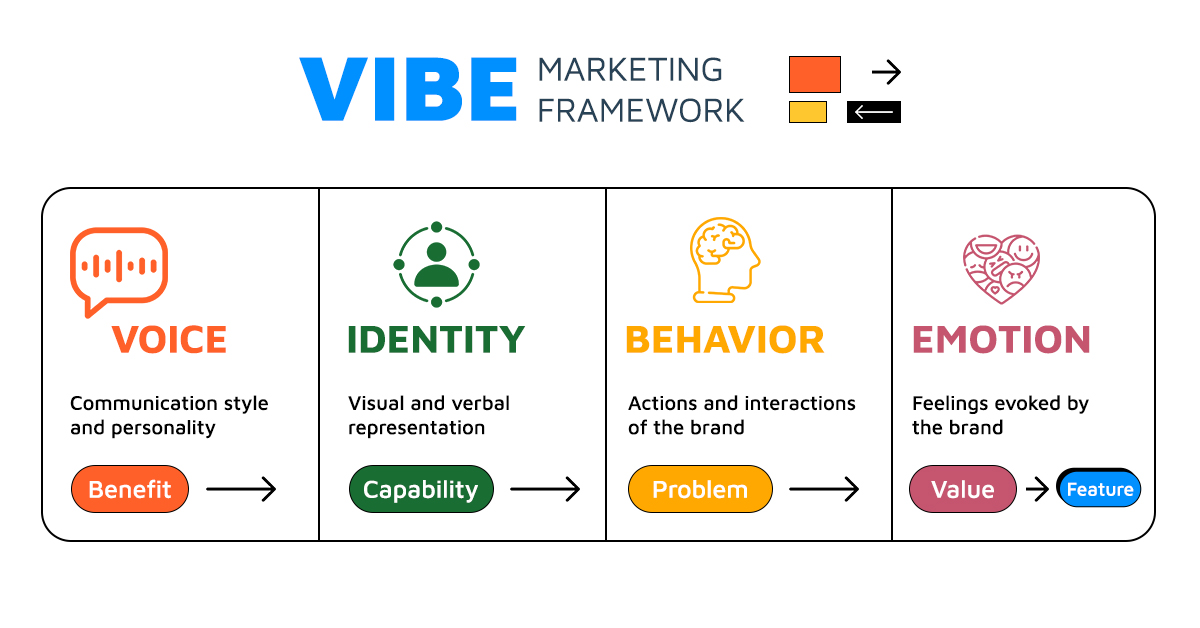









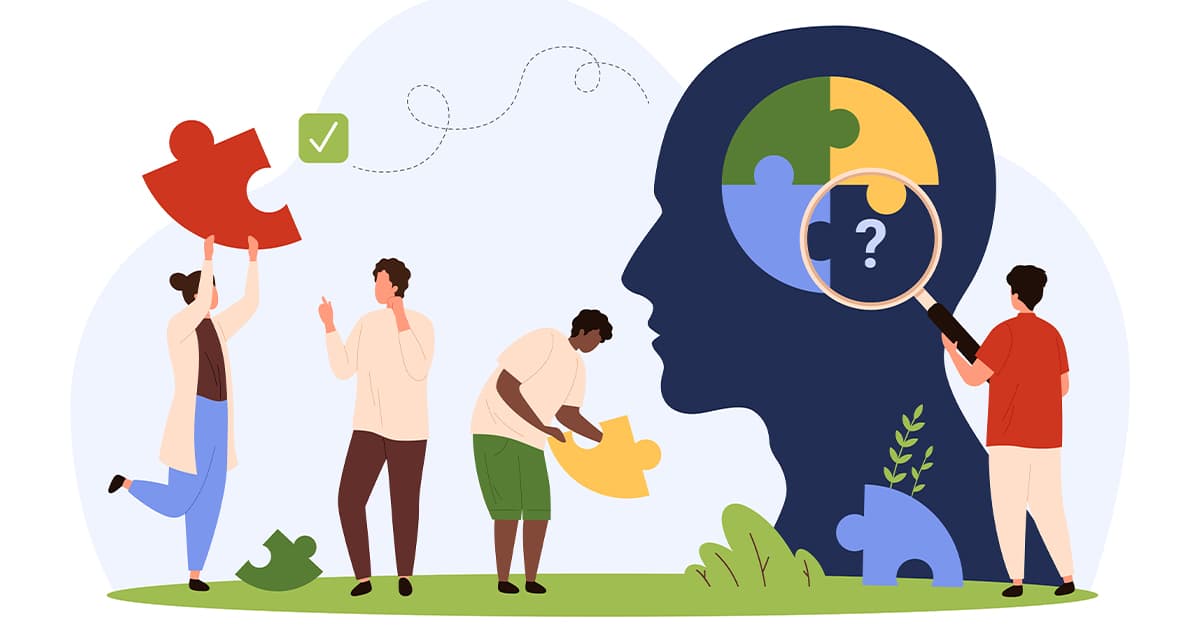



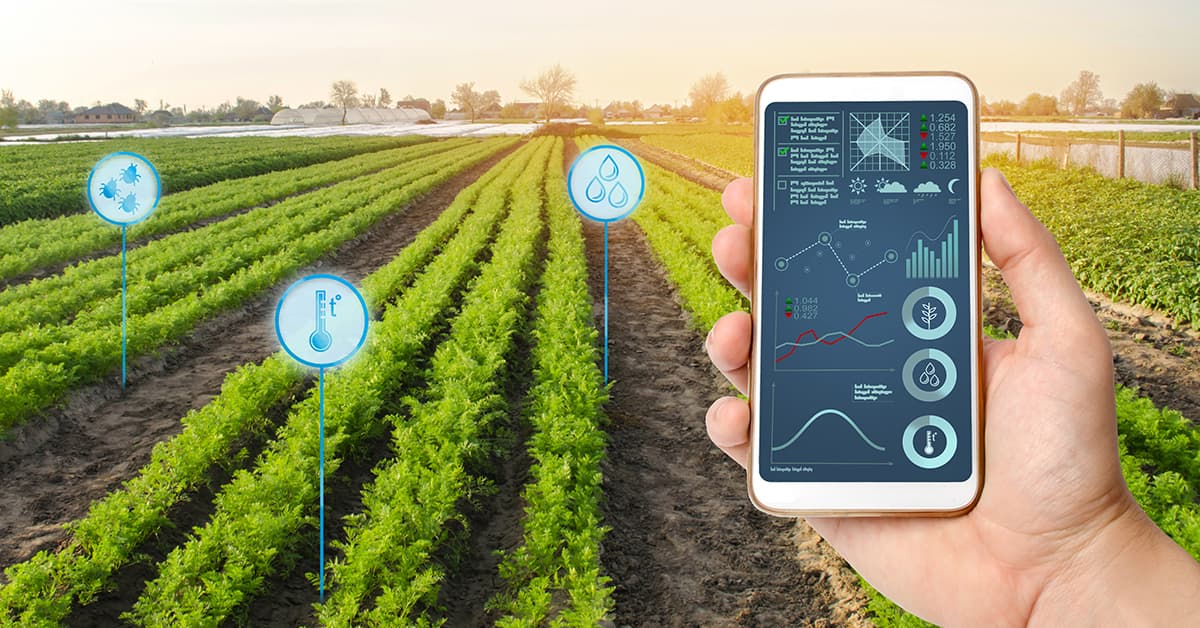

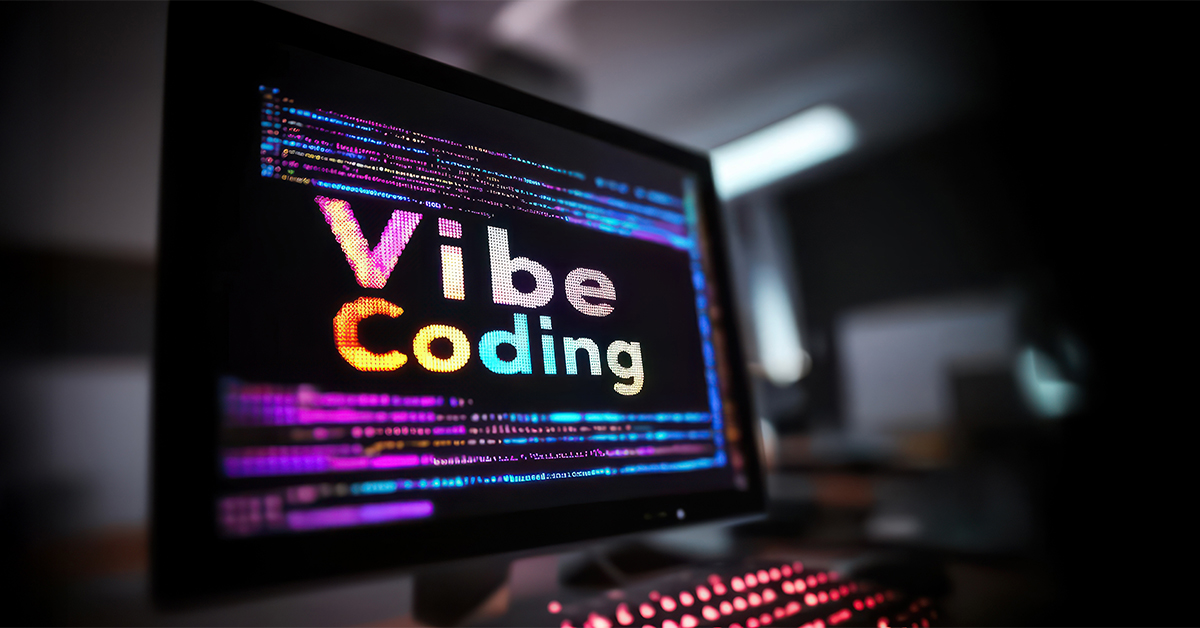

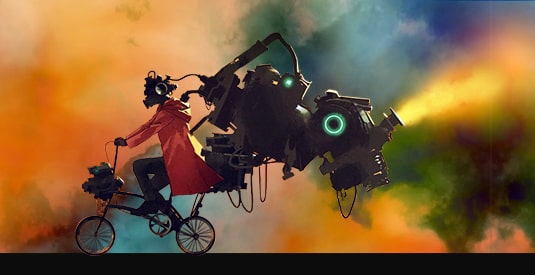





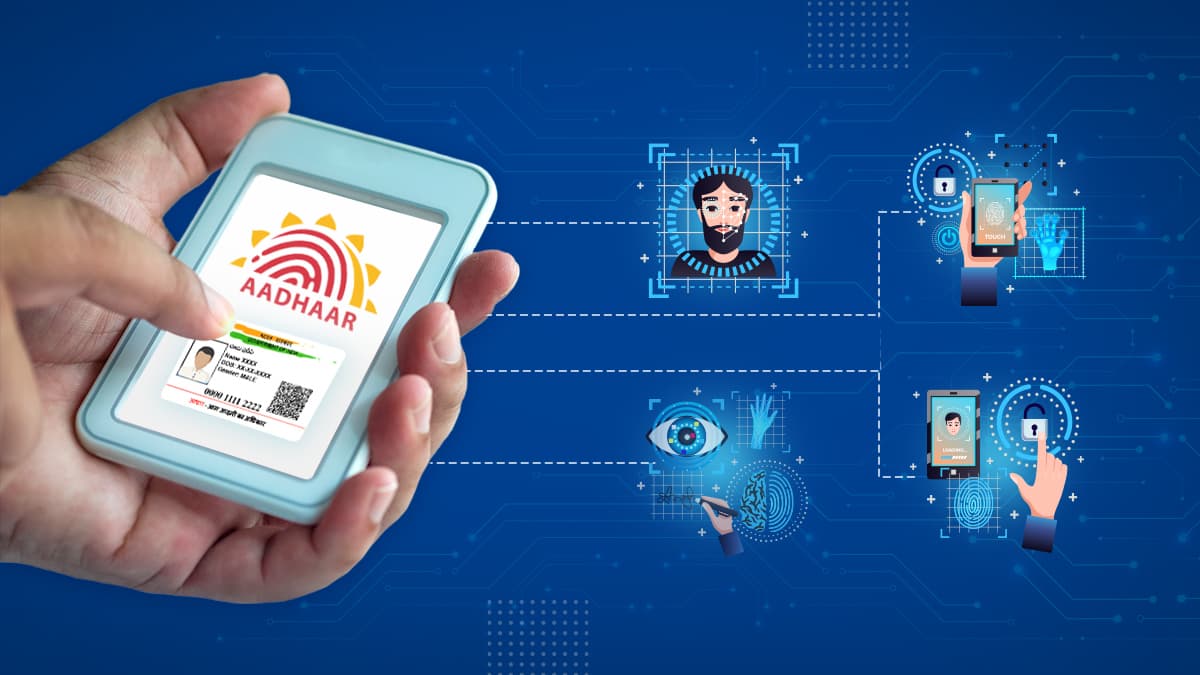


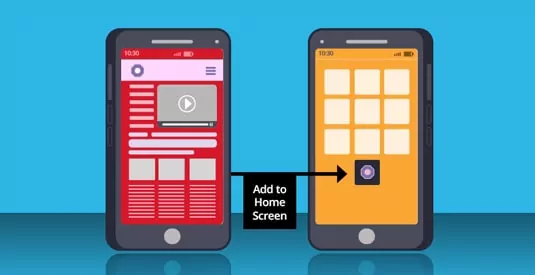

We will verify and publish your comment soon.